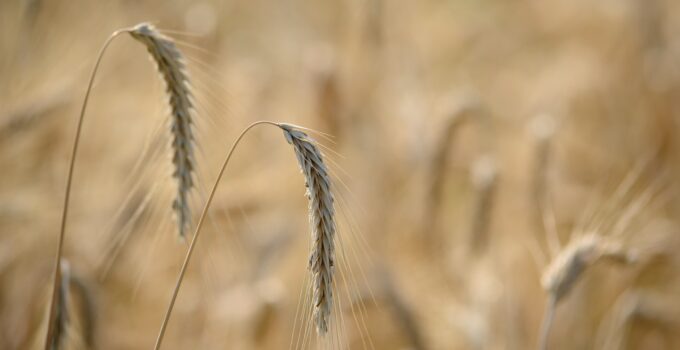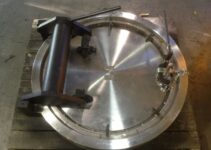Over the centuries, agricultural technology has led to major changes in the way people live, and the stakes for technological advancement have never been greater. It is difficult, if not impossible, to solve the problems that have piled up in decades-old tools and spent ways of thinking. That is why new technologies are important as a new efficient tool because they redefine the challenges and help us ensure sustainable development, and ultimately our future.
New technologies have taken precedence in every aspect of modern human life. When we mention new technologies, texts or conversations are always reduced to only a few areas of industry. We rarely mention agrarians or modern farmers. We are aware that technology has advanced in agriculture, but new technologies are mentioned in the context of the adequate application of fertilizers, insecticides, pesticides, the technology of soil composition analysis, proper animal nutrition… But how much agriculture itself (which includes land as a concept, land relations, land reforms, laws) advanced from plows and oxen?
The importance of using mechanization

Source: croplife.com
Mechanization of agricultural holdings means the use of machinery and technology in the agricultural sector. The use of tractors, implements, and machines for the application of plant protection products is included in agricultural machinery. Therefore, the use of machines in agricultural mechanization is significant compared to work. The importance and advantages of using mechanization on the farm are simply manifested in the fact that in underdeveloped countries the yield per hectare is low because farmers do not use enough machinery and technology in agricultural work.
For now, new technologies in food production are helping world food production grow faster than world population growth. It is considered that the cultivation of land with animals is a historical phenomenon and that an agricultural mechanization is a new tool that has significantly increased the efficiency and productivity of agricultural production. Unfortunately, in some parts of the world, the land is still cultivated using animals (horses, mules, oxen, camels…) and is also used in the transport of agricultural products. Such tillage is obsolete only in comparison with the tractor, and it cannot be compared with today’s technologies, and on the other hand, it still represents the roots of agriculture that we must not forget. Today, there is a wide range of mechanization that helps today’s farmer, unlike his ancestor. In addition to mechanization, there are also notifications about the weather, ie. bad weather, anti-hail rockets, etc.
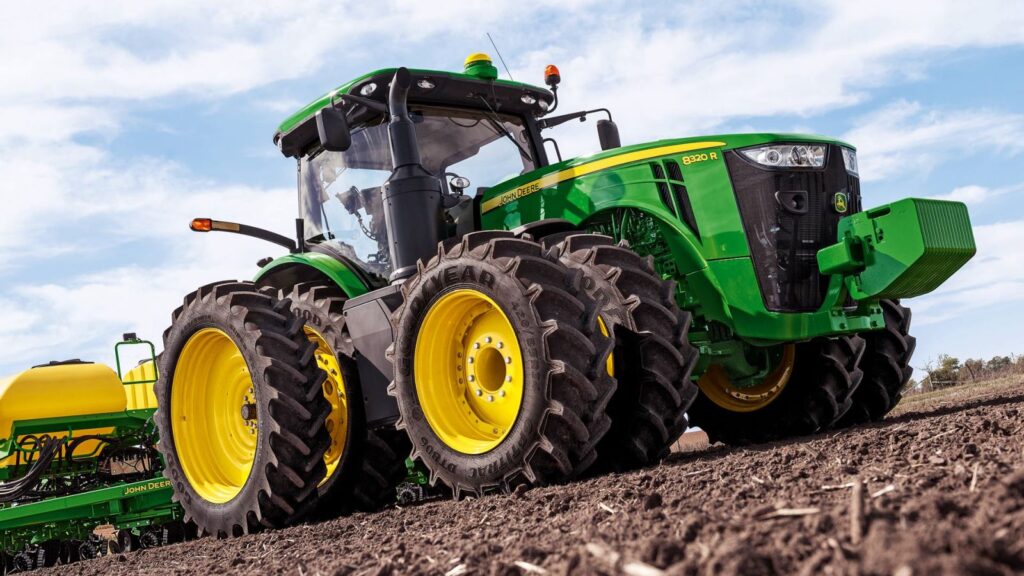
Source: sunequip.com
Tractors have become more powerful, faster, better. Technology has improved engines to make them more efficient. These have the effect of reducing emissions, which pollute the environment, and new tires and tracked tractors reduce the impact on the land. Many machines have also been produced that make the farmer’s daily work easier, saving his time and energy. Find more about agriculture on tehnos-mulcher.com.
New equipment technology is helping to meet the demands of change in agriculture – more food production, with fewer resources, in times of climate change.
Equipment refers to the means or tools, which are needed for a particular activity. In agriculture, it can be as large as an eight-wheeled tractor, or as small as a satellite receiver in the cab of that tractor.
New equipment technology helps meet the demands of agricultural change – higher food production, with fewer resources, in times of climate change.
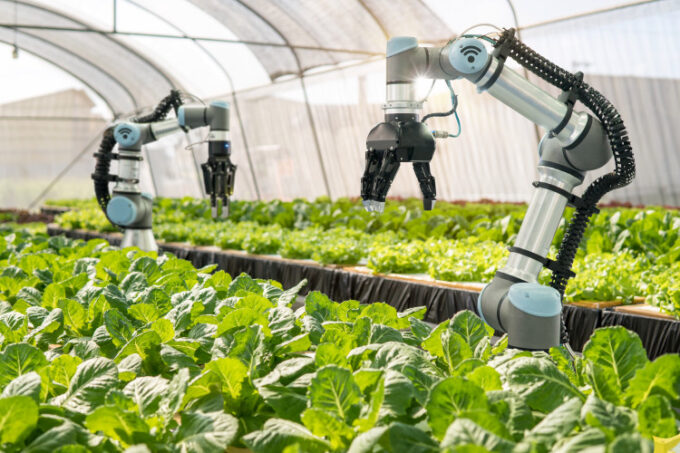
Source: industrywired.com
In addition to various robots in the industry, today there are also agricultural robots. The agricultural robot can be engaged in the harvest phase, in horticultural activities such as pruning, spraying, supervision, fruit picking, taking into account several factors such as fruit size and color, which leads to the higher quality of harvested and fresh fruit, lower production costs, and less need for manpower to do it manually in the long run.
Another technology in modern agriculture is sensors. Especially wireless sensors that allow monitoring of dangerous or remote locations. Modern farms equipped with such sensors are able to read all important data, from plant health to water needs of crops, nitrogen levels in the soil, the amount of humus to the amount of irrigation in certain parts where higher or lower crop needs are measured. water. All the data collected by the farmer with sensors can drastically reduce his costs and pay off this investment.
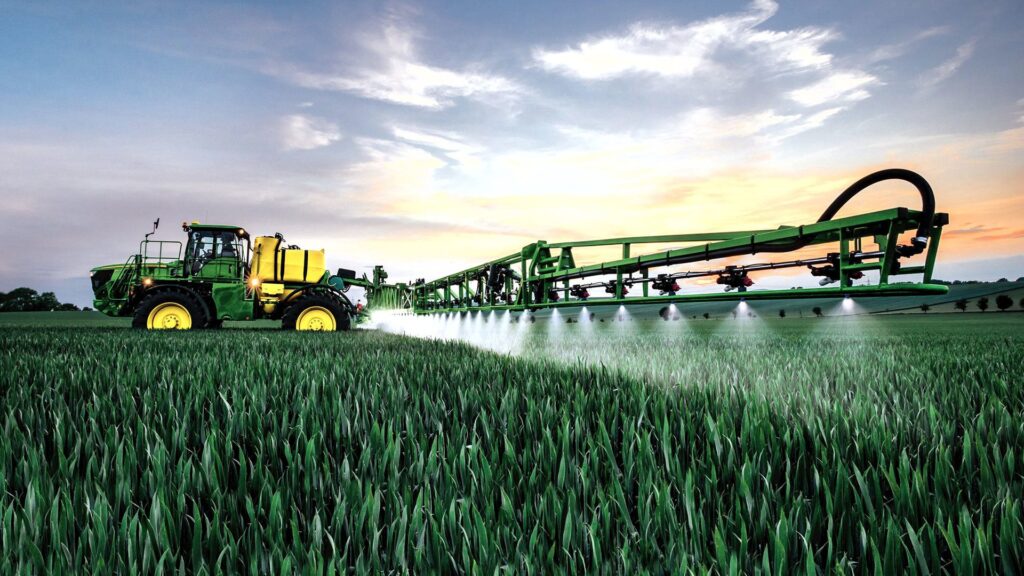
Source: machinefinder.com
Optical sensors collect data on the need for fertilizers for plants, based on the light reflected from them.
Today, with the help of satellites and navigation, sowing is done in some modern farms. These systems guide the machines through the fields to save seeds and sow where they are needed, while also saving fuel. There are also various DNA tests to have an animal with characteristics that suit you. There are also machines, ie. mechanical brushes that will “scratch” your animals and relax, as well as clean.
Final thoughts
The application of new ideas, knowledge, or practices in a particular context to create positive change is called innovation. Innovation has always been necessary for competitiveness and economic growth and business success. There are various classifications of innovations, and among the more important types of innovation in agriculture are organizational, technological, and social. But it is not enough just to develop innovation – for the efficiency of a company, innovation should also be adopted. Given that innovation brings something new there is a certain resistance and fear due to adoption and it will often be a significant period of time since the innovation is developed and available on the market and the time when it will be widely used. As SMEs face increasing competitiveness, they need to respond to market challenges as quickly as possible and respond to new innovations. The key reason for innovation and adoption of innovation of a company is the desire to increase its business performance and competitiveness in the market and achieve certain business and marketing goals. The paper showed how agricultural companies can influence their own business and marketing efficiency through innovative practices.

